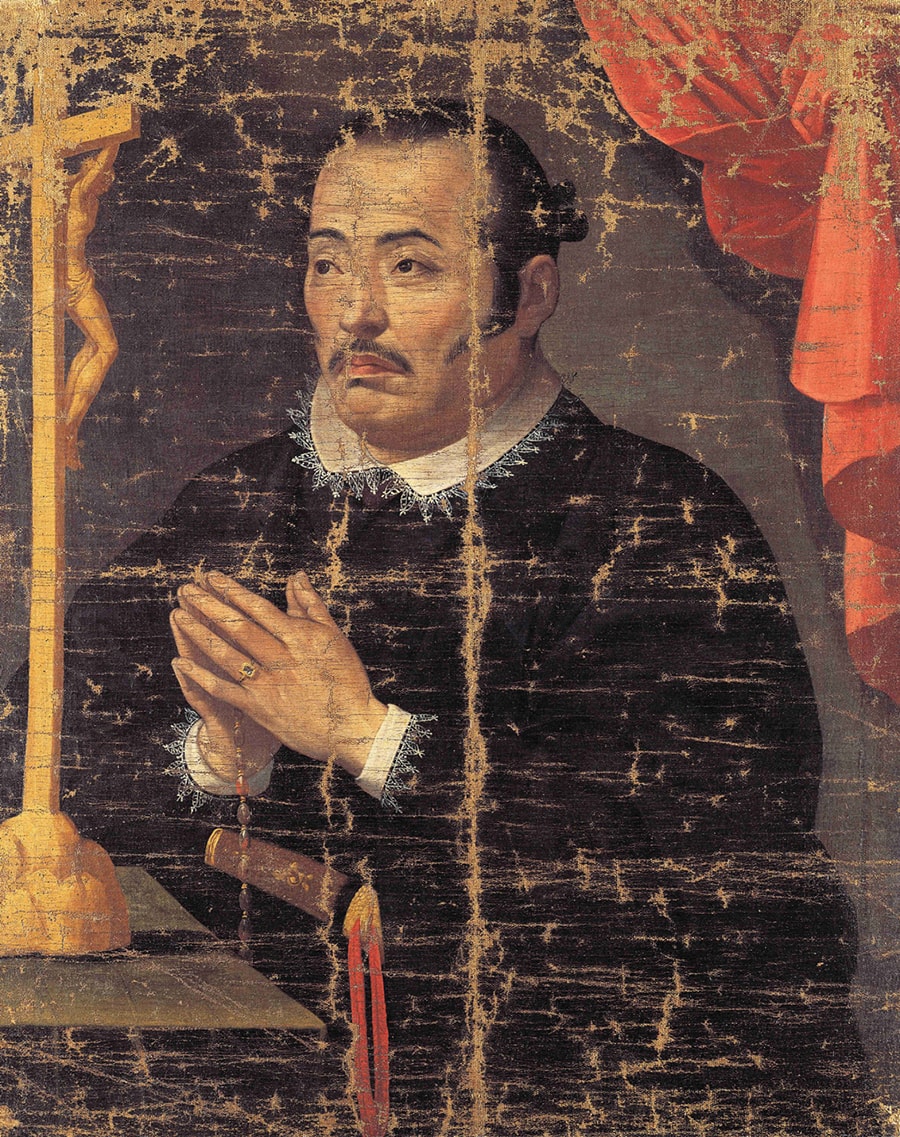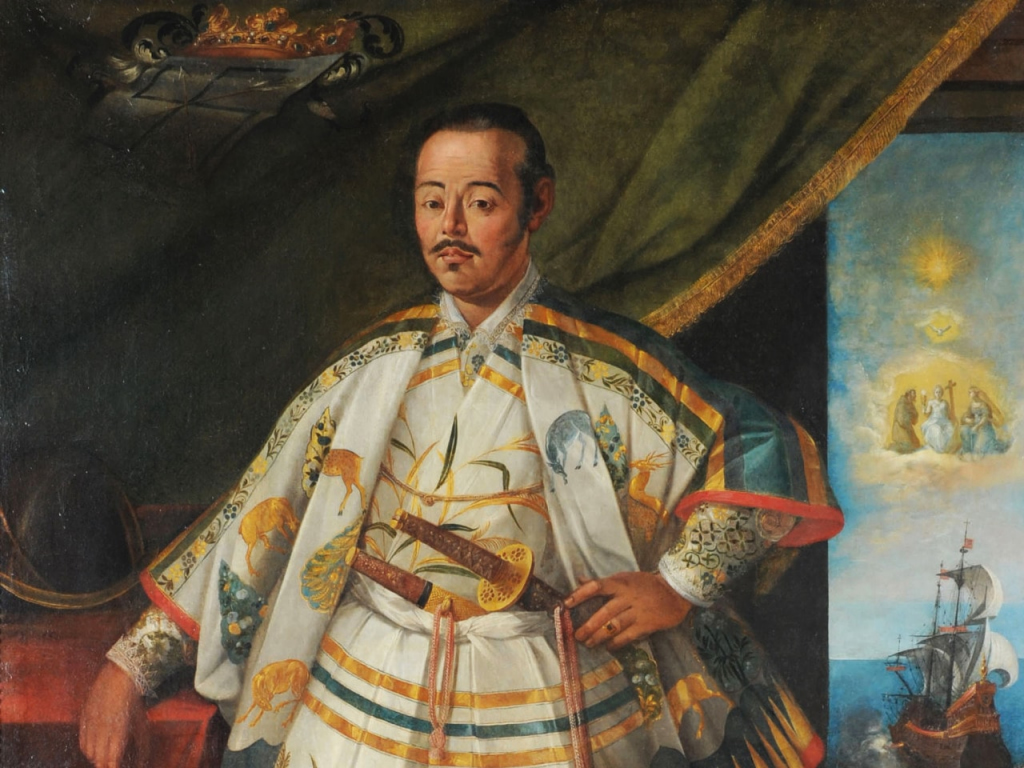History is weird and full of unexpected encounters your teachers probably never told you about. Case in point: between the 10th and 14th century, Eastern Roman emperors would employ actual Vikings as their bodyguards. A slightly more relevant case in point would probably be the story of Hasekura Rokuemon Tsunenaga, a samurai who sailed from Japan to Rome and met Pope Paul V in 1615.
This rea-life, historical crossover goes back to 1613 when Tsunenaga’s father, Hasekura Tsunenari, was sentenced to death for corruption. Ordinarily in these kinds of circumstances, Tsunenaga would share his father’s fate to send a message to any other samurai who might even think about committing a crime. (Either that or the government didn’t want young samurai swearing revenge and becoming a Renaissance-era Japanese Batman.) However, Tsunenaga’s feudal lord and daimyo of Sendai, Date Masamune, decided to be merciful and give the disgraced samurai a chance to redeem himself by sending him on a diplomatic mission to Europe.
At the time, Japan was still trying to decide how they felt about the presence of Christianity in the country, but were leaning towards a begrudging acceptance of it as long as it didn’t interfere in their everyday lives and did help trade. To this end, Date, with support from the shogunate, helped organize an embassy to Europe to secure a trade agreement with the King of Spain and get the pope’s blessing on the entire enterprise. This way, Japan would be able to negotiate from a position of power with any Christian nation in Europe – which back then was most of them.
And so, Tsunenaga set sail for New Spain (modern-day Mexico, Central America, and most of the US), arriving in California and eventually continuing to Acapulco and Mexico City. So far, everything was going great. The mission, which consisted of about 180 people, was received very well in the New World, even if their hosts did keep asking when, if it wasn’t too much trouble, the Japanese travelers would like to get baptized. Although Tsunenaga politely declined at the time, more than 60 Japanese did choose to become Christian during their stay in Mexico. Was it a genuine conversion brought on by them feeling a connection with the Christian god? It’s really hard to say, but it’s more probable that the retainers were driven by a sense of duty to Tsunenaga, and tried to help him secure business contracts by giving their hosts exactly what they asked for.

Tsunenaga Hasekura depicted in prayer (Image via Wikipedia)
It was also probably for this reason that Hasekura Tsunenaga himself converted after meeting with King Philip III of Spain in 1615. Although, once again, the embassy was received with great ceremony, and a lot of flowery and courteous words were spoken, but no firm deals were made. That’s why Tsunenaga knew he had to meet the pope. If the pope decided the Japanese were mostly OK, Spain would be more willing to deal with them, but the only way the pope would warm up to the Japanese was if they were Christian. And so, Tsunenaga took the plunge (and the name Felipe Francisco Hasekura) and was baptized. This, however, didn’t really change much.
After presenting a letter, written in Latin, to Pope Paul V and asking him to help facilitate better relations between the West and Japan, Tsunenaga returned to Spain. Sadly, once there, King Philp III flat out refused the proposed trade agreement after word got to Europe that Japan was cracking down hard on Christianity.
It was one of the worst cases of bad timing in recorded history. Not too long after Hasekura’s departure from Japan, the government uncovered that some Christian missionaries were involved in the Toyotomi clan’s campaign against the shogunate, and started to expel priests from the country. They also started to demand that Japanese citizens reject Christianity or face torture and even death. Once they heard about that, Spain and Rome weren’t too keen on trading with Japan. (However, it should be added that around the same time Rome was actively persecuting Galileo Galilei for his insistence that the Earth revolved around the Sun, so nobody really had the moral high ground.)
In any case, Tsunenaga’s mission had failed. Even worse, after his return to Japan, he discovered a country in the middle of isolating itself from the outside world and its influences. About one or two years later, the samurai who met the pope passed away, probably from severe gratitude deficiency from Japanese authorities. A few centuries later, a fictional account of his travels was related in the book The Samurai by Shūsaku Endō, which, unlike Shūsaku’s other novel Silence, never became a hit movie directed by Martin Scorsese, because life continues to be unfair even after you’re dead.
Hmm, maybe that’s why they don’t teach this story in schools…
Main Image: Via Wikipedia









